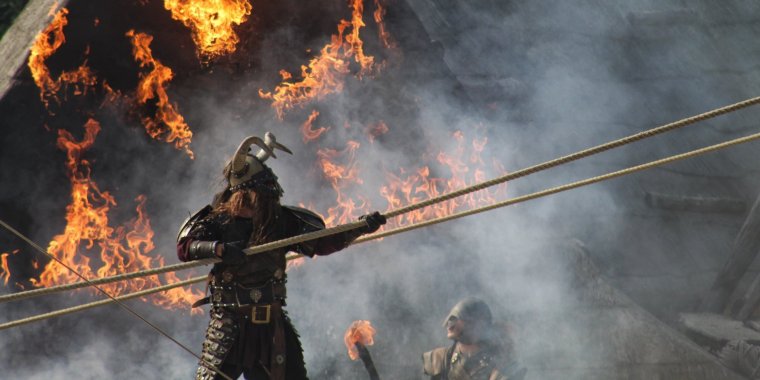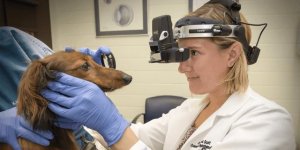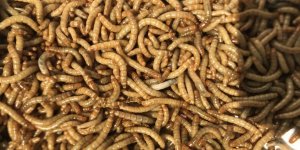| News / Science News |
World’s largest-ever DNA sequencing of Viking skeletons reveals they weren’t all Scandinavian
Now cutting-edge DNA sequencing of more than 400 Viking skeletons from archaeological sites scattered across Europe and Greenland will rewrite the history books.

World’s largest-ever DNA sequencing of Viking skeletons reveals they weren’t all Scandinavian. Photo: Victor B./Unsplash
Results of the six-year research project, debunk the modern image of Vikings and was led by Professor Eske Willerslev, a Fellow of St John’s College, University of Cambridge, and director of The Lundbeck Foundation GeoGenetics Centre, University of Copenhagen.
“We have this image of well-connected Vikings mixing with each other, trading and going on raiding parties to fight Kings across Europe because this is what we see on television and read in books – but genetically we have shown for the first time that it wasn’t that kind of world,” said Willerslev, who is also affiliated with Cambridge’s Department of Zoology.
The word Viking comes from the Scandinavian term ‘vikingr’ meaning ‘pirate’. The Viking Age generally refers to the period from AD800, a few years after the earliest recorded raid, until the 1050s, a few years before the Norman Conquest of England in 1066.
The Vikings changed the political and genetic course of Europe and beyond: Cnut the Great became the King of England, Leif Eriksson is believed to have been the first European to reach North America – 500 years before Christopher Columbus - and Olaf Tryggvason is credited with taking Christianity to Norway.
Many expeditions involved raiding monasteries and cities along the coastal settlements of Europe, but the goal of trading goods like fur, tusks and seal fat was often the more pragmatic aim.
“We didn’t know genetically what they actually looked like until now,” said Willerslev. “We found genetic differences between different Viking populations within Scandinavia which shows Viking groups in the region were far more isolated than previously believed. Our research even debunks the modern image of Vikings with blonde hair as many had brown hair and were influenced by genetic influx from the outside of Scandinavia.”
The international team sequenced the whole genomes of 442 mostly Viking Age men, women, children and babies from their teeth and petrous bones found in Viking cemeteries. They analysed the DNA from the remains from a boat burial in Estonia and discovered four Viking brothers died the same day.
The scientists have also revealed male skeletons from a Viking burial site in Orkney, Scotland, were not actually genetically Vikings despite being buried with swords and other Viking memorabilia.
There wasn’t a word for Scandinavia during the Viking Age - that came later. But the study shows that the Vikings from what is now Norway travelled to Ireland, Scotland, Iceland and Greenland. The Vikings from what is now Denmark travelled to England. And Vikings from what is now Sweden went to the Baltic countries on their all-male ‘raiding parties’.
“We determined that a Viking raiding party expedition included close family members as we discovered four brothers in one boat burial in Estonia who died the same day. The rest of the occupants of the boat were genetically similar suggesting that they all likely came from a small town or village somewhere in Sweden” said co-first author Dr Ashot Margaryan from the University of Copenhagen.
DNA from the Viking remains were shotgun sequenced from sites in Greenland, Ukraine, the United Kingdom, Scandinavia, Poland and Russia.
“We found that Vikings weren’t just Scandinavians in their genetic ancestry, as we analysed genetic influences in their DNA from Southern Europe and Asia which has never been contemplated before,” said co-first author Professor Martin Sikora form the University of Copenhagen. “Many Vikings have high levels of non-Scandinavian ancestry, both within and outside Scandinavia, which suggest ongoing gene flow across Europe.”
The team’s analysis also found that genetically Pictish people ‘became’ Vikings without genetically mixing with Scandinavians. The Picts were Celtic-speaking people who lived in what is today eastern and northern Scotland during the Late British Iron Age and Early Medieval periods.
“Individuals with two genetically British parents who had Viking burials were found in Orkney and Norway,” said co-first author Dr Daniel Lawson from the University of Bristol. “This is a different side of the cultural relationship from Viking raiding and pillaging.”
The Viking Age altered the political, cultural and demographic map of Europe in ways that are still evident today in place names, surnames and modern genetics.
“Scandinavian diasporas established trade and settlement stretching from the American continent to the Asian steppe,” said co-author Professor Søren Sindbæk from Moesgaard Museum in Denmark.
“They exported ideas, technologies, language, beliefs and practices and developed new socio-political structures. Importantly our results show that ‘Viking’ identity was not limited to people with Scandinavian genetic ancestry. Two Orkney skeletons who were buried with Viking swords in Viking style graves are genetically similar to present-day Irish and Scottish people and could be the earliest Pictish genomes ever studied.”
The genetic legacy of the Viking Age lives on today with six per cent of people of the UK population predicted to have Viking DNA in their genes compared to 10 per cent in Sweden. (University of Cambridge)
YOU MAY ALSO LIKE





